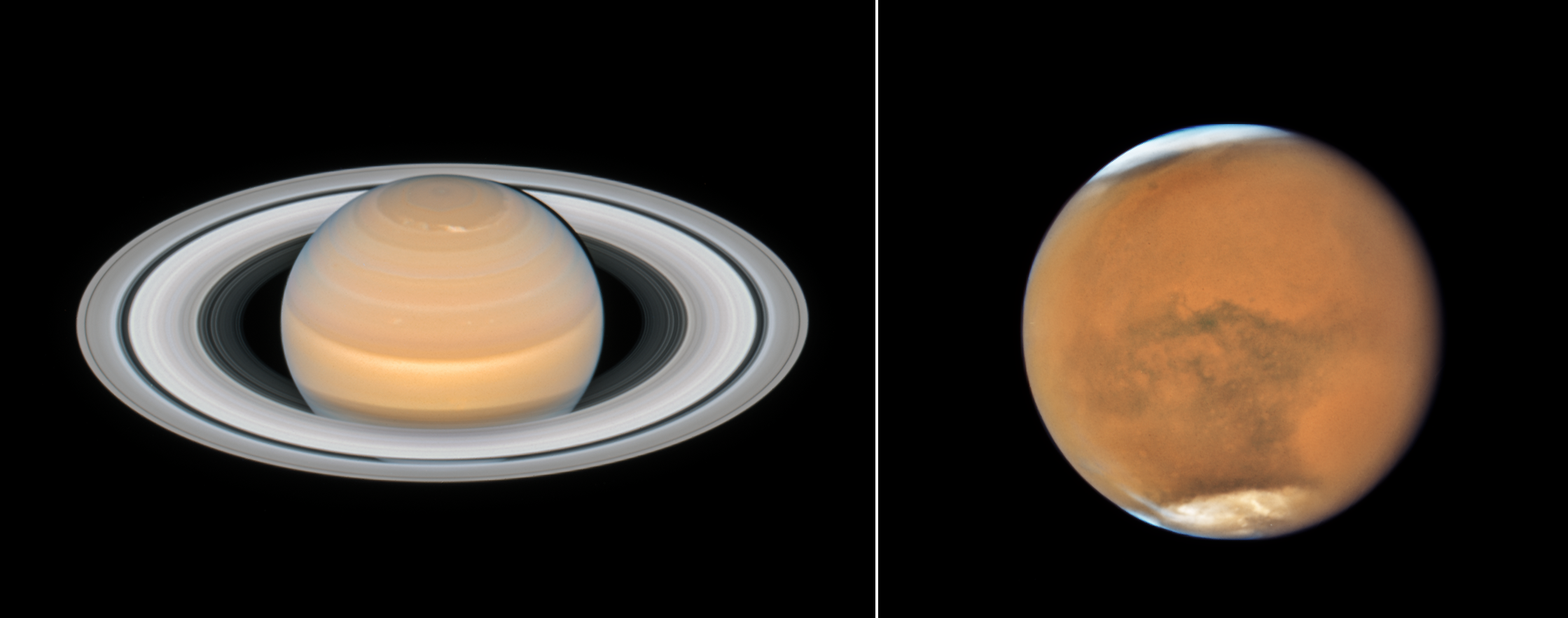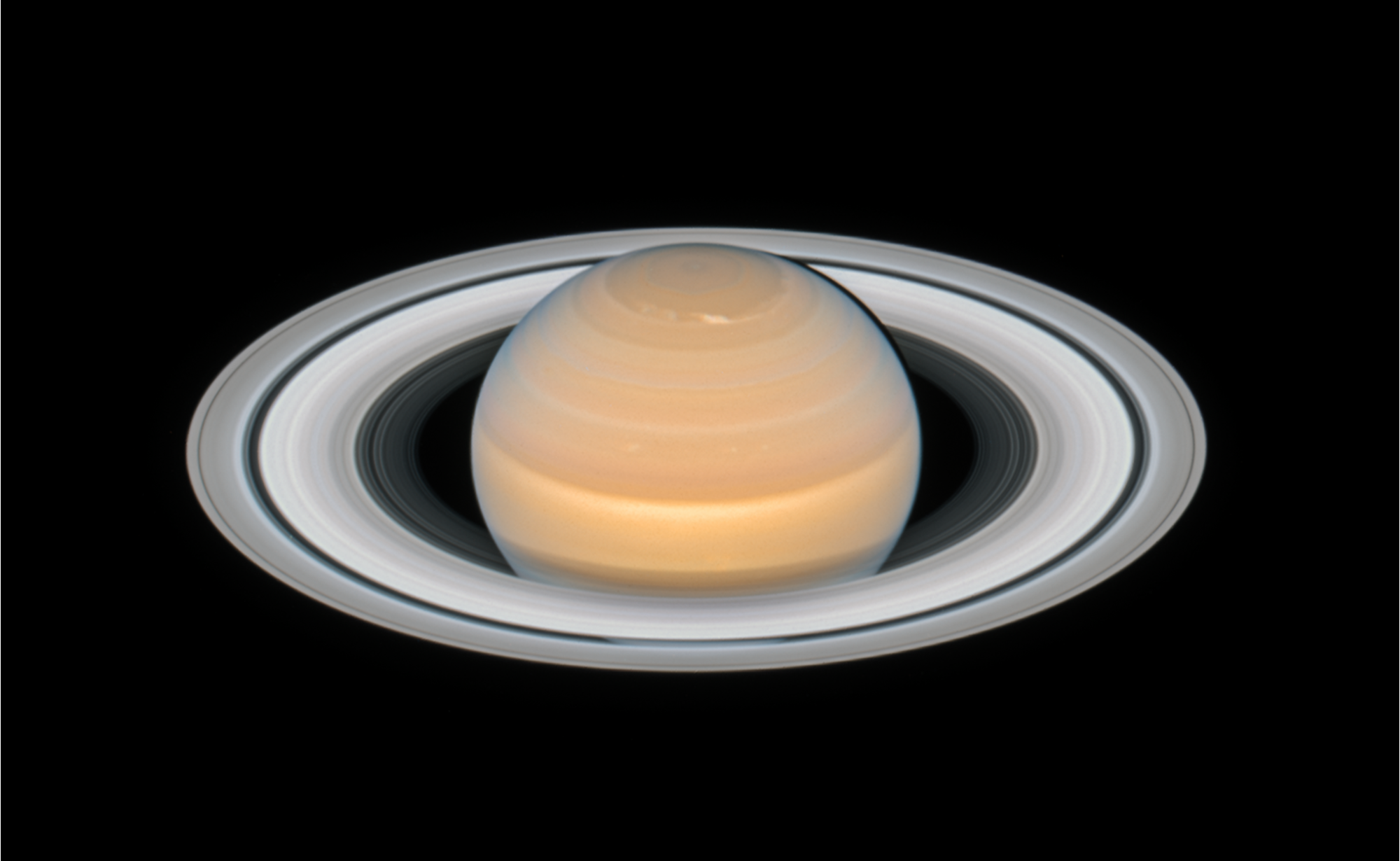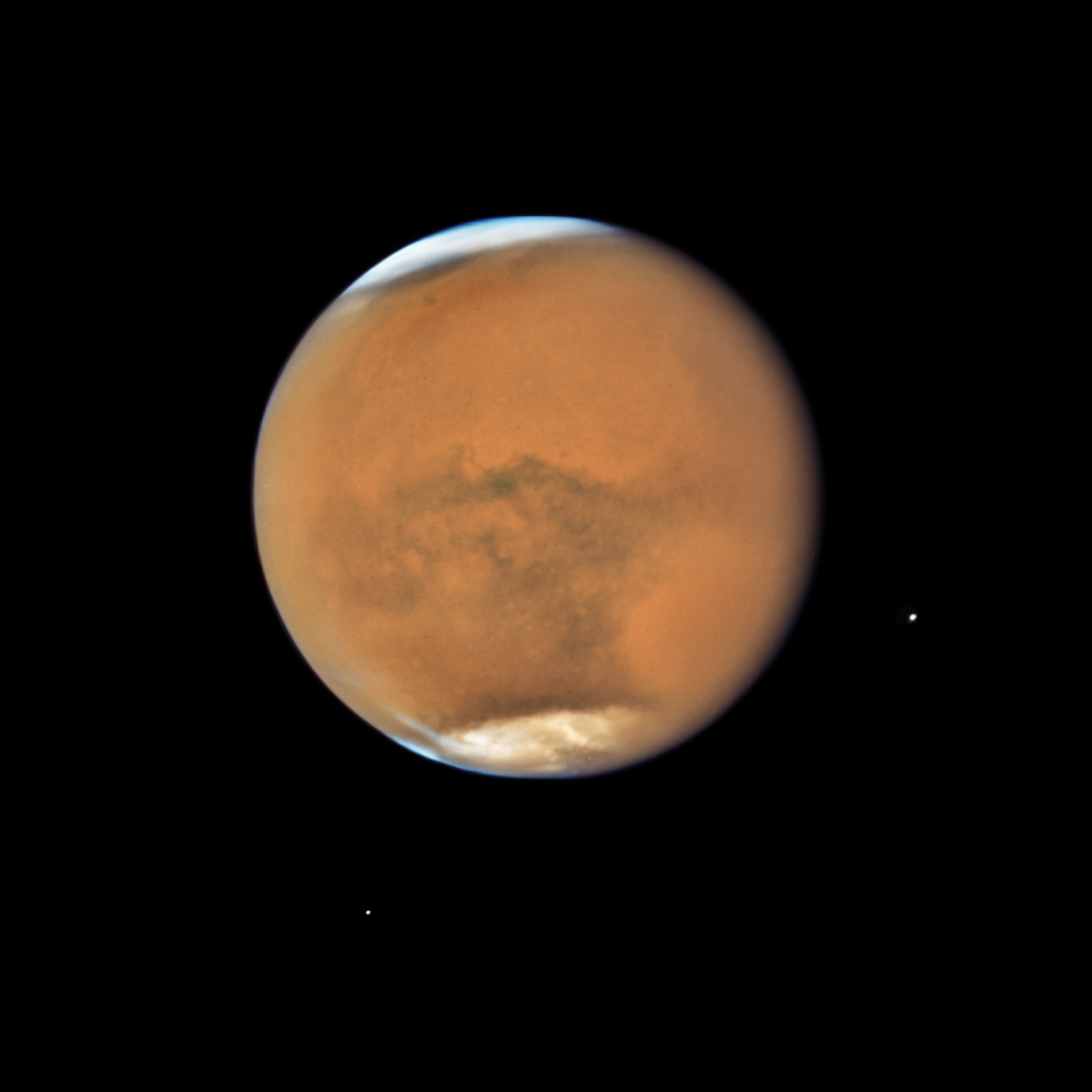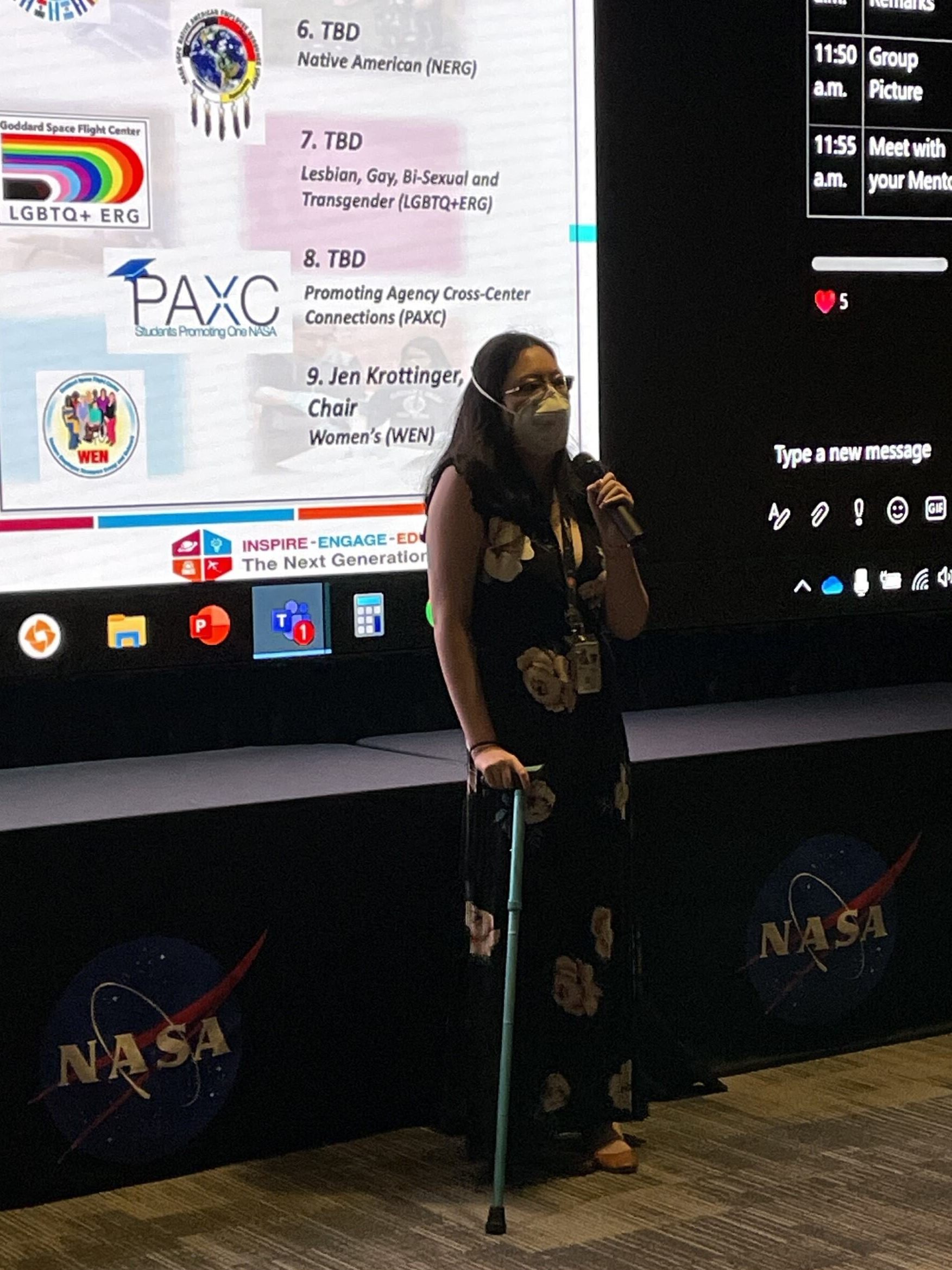3 min read

NASA’s Hubble Space Telescope has photographed Saturn and Mars near their closest approaches to Earth in June and July 2018. It’s now summertime in Saturn’s northern hemisphere and springtime in Mars’ southern hemisphere. The Hubble images show that Earth isn’t the only planet where intense spring and summer storms wreak havoc.
The increase in sunlight in Saturn’s northern hemisphere has heated the atmosphere to trigger a large storm that is now disintegrating in Saturn’s polar region.
On Mars, a dust storm erupted in the southern hemisphere and ballooned into a global dust storm enshrouding the entire planet.

The planets were photographed near opposition, when the Sun, Earth and an outer planet are lined up, with Earth sitting in between the Sun and the outer planet. Around the time of opposition, a planet is at its closest distance to Earth for a given year. Because of the close proximity, the planet also appears brightest in the sky.
Hubble viewed Saturn on June 6, when the ringed world was approximately 1.36 billion miles from Earth, as it approached a June 27 opposition. Mars was captured on July 18, at just 36.9 million miles from Earth, near its July 27 opposition. This close distance puts Mars at its brightest appearance in the night sky since the 2003 opposition.
Saturn has seasonal changes caused by the planet’s 27-degree axial tilt. With summer in the northern hemisphere, the atmosphere is now more active. This may be responsible for a string of bright clouds visible near the northern polar region that are the remnants of a disintegrating storm. Small, mid-latitude puffs of clouds are also visible.
Hubble’s view also resolves a hexagonal pattern around Saturn’s north pole, a stable and persistent wind feature discovered during the Voyager flyby in 1981. The planet’s magnificent ring system is also on full display and near its maximum tilt toward Earth, which was in 2017.

Mars also has seasons, due in part to its 25-degree axial tilt, which is similar to Earth’s 23.5-degree tilt. Unlike Earth, Mars’ more elliptical orbit has a greater influence on its seasonal changes. Its closest and most distant points from the Sun vary by 19 percent (as opposed to 3 percent for Earth).
Each Martian year, moderately large dust storms cover continent-sized areas and last for weeks at a time. Global dust storms — lasting for weeks or months — tend to happen during the spring and summer in the southern hemisphere, when Mars is closest to the Sun and heating is at a maximum to generate winds.
While spacecraft now orbiting Mars are studying the storm’s behavior at lower altitudes, other Hubble observations will allow astronomers to study changes in the higher atmosphere. The combined observations will aid planetary scientists in building a better understanding of how global storms arise on the Red Planet.

Saturn’s portrait is the first image of the planet taken as part of the Outer Planet Atmospheres Legacy (OPAL) project. OPAL is helping scientists understand the atmospheric dynamics and evolution of our solar system’s gas giant planets.
The Hubble Space Telescope is a project of international cooperation between NASA and ESA (European Space Agency). NASA’s Goddard Space Flight Center in Greenbelt, Maryland, manages the telescope. The Space Telescope Science Institute (STScI) in Baltimore, Maryland, conducts Hubble science operations. STScI is operated for NASA by the Association of Universities for Research in Astronomy, in Washington, D.C.
Contacts:
Ann Jenkins / Ray Villard
Space Telescope Science Institute, Baltimore, Maryland
410-338-4488 / 410-338-4514
jenkins@stsci.edu / villard@stsci.edu







